#Paris Motor Show
Text



Sbarro Stash, 1974. Presented at the Paris Motor show and offered with either a mid-placed 1.8 VW engine in naturally aspirated or turbocharged form or a Mercedes-Benz 6,834cc V8. Only 4 were made
153 notes
·
View notes
Photo




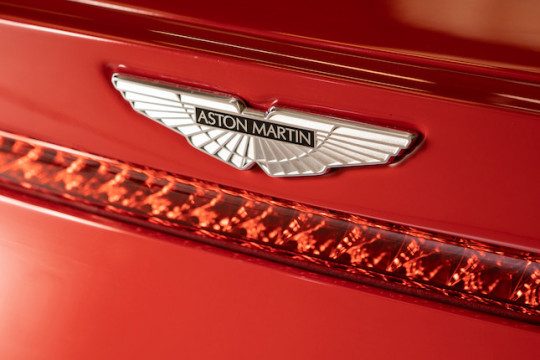


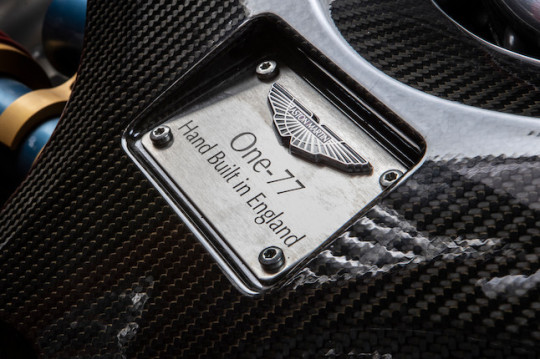

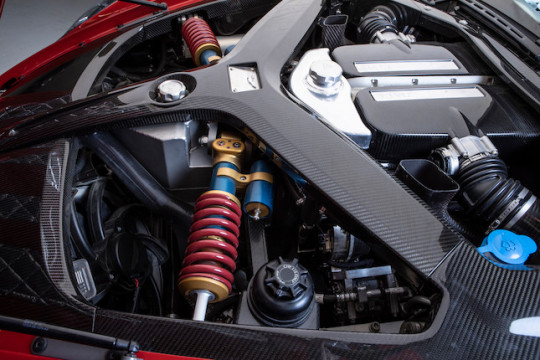
Aston Martin One-77 (property — before being seized by Swiss authorities — of the son of the leader of one of the most corrupt governments in Central Africa)
In keeping with its tradition of producing limited edition, hand crafted exotica for the wealthy aficionado, best exemplified by the DB4 GT Zagato of the 1960s, Aston Martin previewed its proposed One-77 'hypercar' at the 2008 Paris Motor Show. 'The finished One-77 made its official debut in April 2009 at the Concorso d'Eleganza Ville d'Este, held on the shores of Lake Como in Italy, winning the 'Award for Concept Cars and Prototypes'. Designed by Marek Reichman, it was the fastest and most powerful Aston Martin ever built, with a top speed of 220mph, and also the most expensive, carrying a price tag of £1,150,000. Hailed by its maker as "possibly the world's most desirable automotive art form", the One-77 with its long bonnet and short tail was every inch the classically proportioned Gran Turismo, combing muscular pugnacity and feline grace in equal measure. A two-seater closed coupé, the One-77 featured advanced technology in the form of an immensely rigid and lightweight carbon fibre monocoque chassis, which carried a seamless body traditionally handcrafted in aluminium. Made from a single sheet of aluminium, each front wing was said to take one craftsman three weeks to produce. Other state-of-the-art features included bi-xenon headlamps with integrated LED side lights and direction indicators, LED rear lamps (fog and reverse), carbon fibre front splitters, carbon fibre rear diffuser, and active aerodynamics with deployable spoiler.
Providing the horsepower needed to breach the magic 200mph barrier was a stretched (to 7.3 litres) version of Aston Martin's existing 48-valve V12 engine. Extensively reworked by Cosworth Engineering, it produced 750bhp and 553lb/ft of torque, and was the world's most powerful normally aspirated road-car engine at the time of the One-77's introduction. Cosworth's extensive re-engineering included fitting dry-sump lubrication, which enabled the V12 to be carried 100mm lower in the One-77's chassis than in that of the DB9. Like the V8 in the One-77's Vantage sister car, the V12 engine was mounted towards the centre of the chassis, well aft of the front axle line in the interests of optimum weight distribution, to which end the six-speed automatic/manual transmission was located at the rear in the form of an integrated transaxle. Power was transmitted to the limited-slip differential by a carbon fibre prop shaft encased in a magnesium alloy torque tube, reaching the road surface via 20" forged alloy wheels - 7-spoke or 10-spoke - shod with Pirelli P Zero Corsa tyres.
Unusually for a road car, the One-77's all-independent suspension featured pushrod actuation of the adjustable mono-tube dampers, a system more commonly found in modern competition cars. There were double wishbones at all four corners: the front incorporating anti-dive geometry, and the rear anti-squat and anti-lift. The suspension was also electrically adjustable for both ride height and rate change.
The rack and pinion was power assisted, delivering 3.0 turns lock-to-lock, while the steering column was adjustable for both tilt and reach. Braking was supplied by carbon ceramic discs all round, gripped by six-piston callipers at the front, four-piston callipers at the rear. Dynamic Stability Control (DSC), Anti-lock Braking System (ABS), Electronic Brakeforce Distribution (EBD), Emergency Brake Assist (EBA), and traction control were all incorporated in the interests of controllability and safety.
Releasing the driver's door, which swings out and arcs upwards, the One-77's fortunate owner would be confronted by a leather-trimmed sports steering wheel, electrically adjustable lightweight memory seats, and dual-stage driver/passenger front airbags. Other interior features included automatic temperature control, a trip computer, and touch-sensitive map-reading LED lights. Powerfold exterior memory mirrors came as standard, while front/rear parking cameras were an option.
Number '35' of the 77 built, this EU model has a legend engraved on the door sill stating that it was 'Hand built in England for Theodore N'Guema Obiang Mangue'. Finished in red with red-piped cream interior, the car is offered with Equatorial Guinea registration papers.
#Aston Martin One-77#DB4 GT Zagato#Paris Motor Show#Concorso d'Eleganza Ville d'Este#Marek Reichman#Theodore N'Guema Obiang Mangue
77 notes
·
View notes
Photo



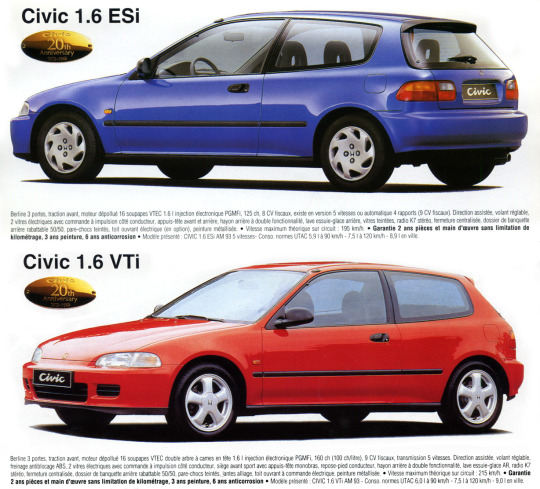

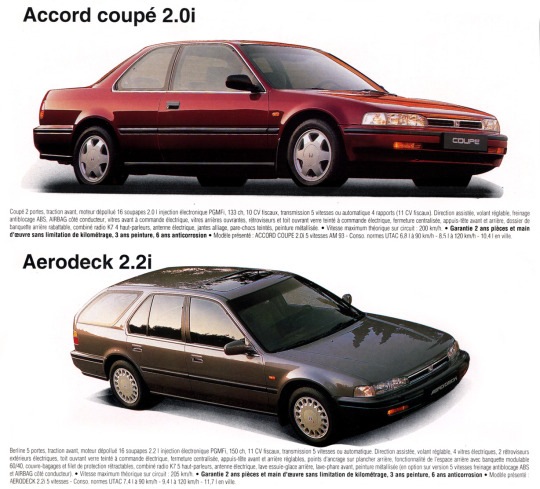

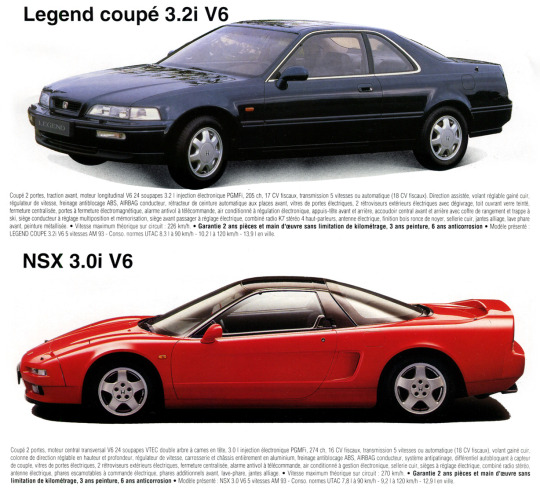
8-panel fold brochure of the 1992 Honda range in France. Collected that year at the Paris Motor Show (Mondial de l’Automobile 1992).
At that time the range consisted of the Honda Civic, Concerto, Accord, Prelude, Lengend and the super-sports NSX.
#honda#honda concerto#honda civic#honda accord#honda legend#honda nsx#japanese cars#1990s style#brochure#leaflet#mondial de l'automobile#paris motor show
90 notes
·
View notes
Photo
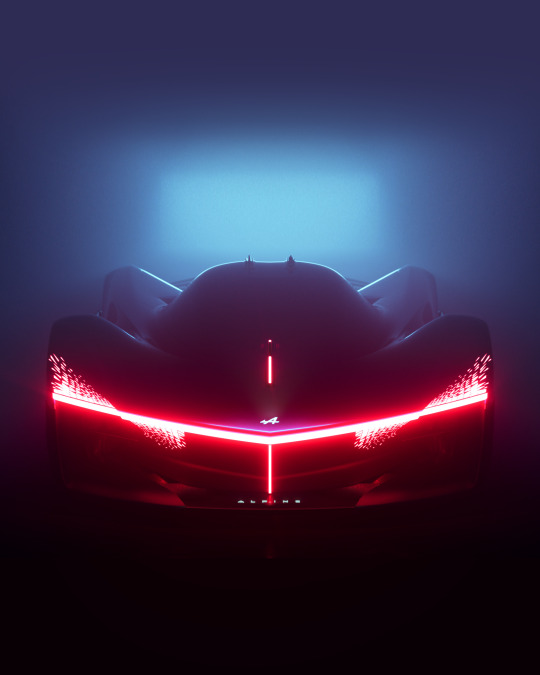
The Alpine Alpenglow is coming
Alpenglow embodies Alpine's vision: a sporty future, with Alpenglow illustrating what the Alpine models of tomorrow will be like, both on the road and in competition. Alpenglow is more than a concept car. It is an expression of the brand, a cornerstone of its ambitions & plan.
This unique Alpine concept car will be unveiled this Thursday 13 October 2022, 8am, on all Alpine platforms.
It will world premiere at the 2022 Paris Motor Show on 17 October.
75 notes
·
View notes
Photo

Bugatti Type 57 Grand Raid Roadster, 1935
#1935#bugatti#Bugatti Type 57 Grand Raid Roadster#grand raid roadster#Type 57 Grand Raid Roadster#vintage cars#cars#30s cars#bugatti type 57#Paris Motor show#racing potential#racing#prototype#grand raid
9 notes
·
View notes
Text
Peugeot E-legend



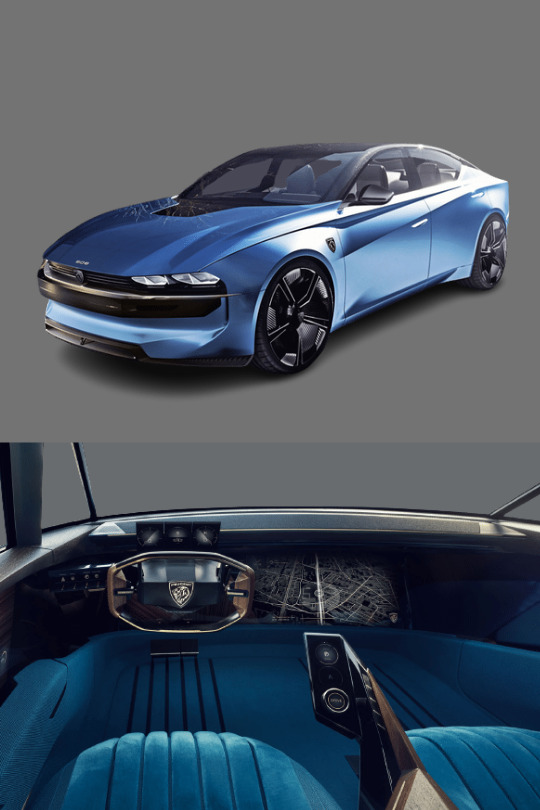
#peugeot#Peugeot E-legend#carlovers#manualwheel#cars#new cars#carspotting#newcar#luxury cars#autos#luxury#tumbler tags#electric vehicles#paris motor show
2 notes
·
View notes
Text
Rolls Royce Spectre EV leaks ahead of its official debut
Rolls Royce Spectre EV leaks ahead of its official debut
Rolls Royce is set to reveal its first all-electric model, the Spectre, later today. While we wait for the official unveiling, here are some leaked images that just surfaced on the internet.
At first glance, the Rolls Royce Spectre looks like a facelift version of the Wraith. The front grille looks slimmer yet as imposing as before. It is flanked by a split headlamp setup that has become quite…

View On WordPress
1 note
·
View note
Text

"Lewis Hamilton presented the new Smart Forfour in Germany 2014" - january 9, 2024
📷 @.jerryandrephotography / instagram
#lewis hamilton#f1#formula 1#flashback fic ref#flashback fic ref 2014#not a race#2014 not a race#between japan and russia 2014#(note to self: i THINK from a merc article i found that this was at the paris motor show that was from#october 4 to like the 19th that year.)
51 notes
·
View notes
Text
Paris Fury cruelly mum-shamed after showing off baby son’s jaw-droppingly luxurious gold cot | In Trend Today
Paris Fury cruelly mum-shamed after showing off baby son’s jaw-droppingly luxurious gold cot
Read Full Text
or
Full Article on MAG NEWS

View On WordPress
#Celebrities#Money#Motors#Paris Fury cruelly mum-shamed after showing off baby son’s jaw-droppingly luxurious gold cot#Politics#ShowBiz#Sport#Tech#Trends#UK#US#World
0 notes
Text
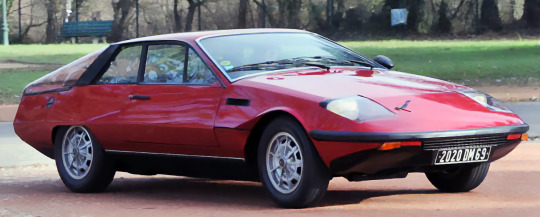



Marsonetto GT, 1968. Presented 55 years ago at the Paris Motor Show, Marsonetto were a Lyon-based coachbuilder who made small production sports cars from the late 1950s into the 1970s. The GT used Renault 16 TS mechanical parts.
391 notes
·
View notes
Photo

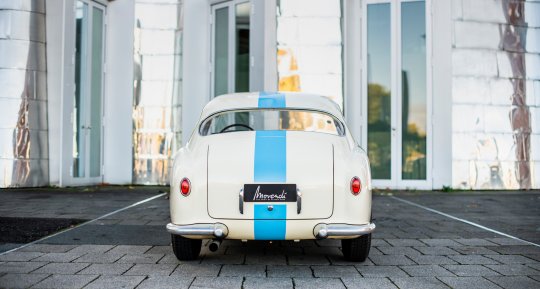


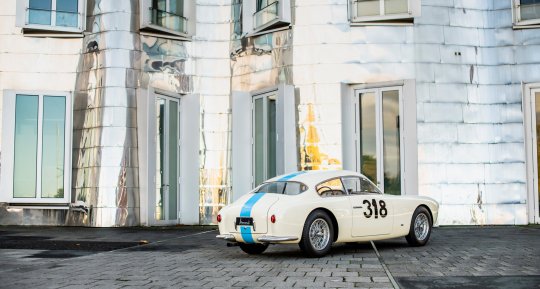

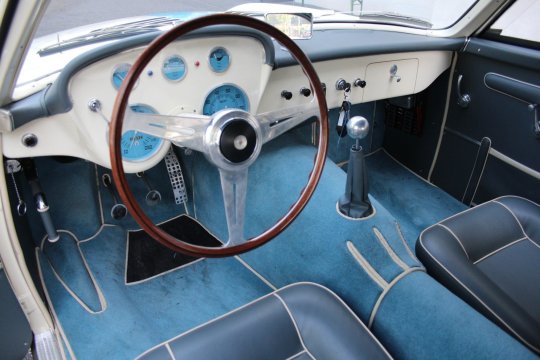



Maserati A6G (Zagato bodied).
This mechanical beauty is chassis #2108, which originally started life wearing a prototype Allemano coach built body and was completed on the 9th of September 1955 at the Maserati factory. However, if you look back in the history books, you’ll see that isn’t the body it wears today. After stunning crowds at the 1955 Paris Motor Show and 1956 New York Motor Show, chassis #2108 was purchased from Maserati Showroom in New York city in 1956. However, it wasn't long before misfortune reared its ugly head for this gorgeous Maserati. During transport to its first owner, a fire broke out from under the dashboard, destroying the unique original coachwork while only the chassis, engine and gearbox remained. A few decades passed with the car’s remains changing hands occasionally, until eventually chassis #2108 was purchased in 1995 by a collector from Bethlehem, Connecticut, called Keith Duly.t would be fair to say this car wouldn’t exist today without Mr. Duly’s intervention, who purchased the damaged but mostly complete body of another Maserati, chassis #2102, this time with coachwork by Zagato. Notably, this was the body used on the Mille Miglia test car driven by Stirling Moss and Denis Jenkinson with the number 318 that it wears today. Around the turn of the millennium, Mr. Duly then commissioned Quality Cars of Padua to marry the matching-numbers running gear of chassis #2108 with the Zagato bodywork of #2102, giving the car the attractive nose of the Berlina Coupé 2000/D. Finally, work was completed in 2015, and we have to say the results are simply spectacular. Since its restoration, this Maserati has been enjoying life back on the road, participating in the Mille Miglia in both 2017 and 2020. Now in spectacular condition and ready to be driven, this Maserati A6G would make for one hell of a present for the next Christmas.
109 notes
·
View notes
Text
Paris Fury cruelly mum-shamed after showing off baby son’s jaw-droppingly luxurious gold cot | In Trend Today
Paris Fury cruelly mum-shamed after showing off baby son’s jaw-droppingly luxurious gold cot
Read Full Text
or
Full Article on MAG NEWS

View On WordPress
#Celebrities#Money#Motors#Paris Fury cruelly mum-shamed after showing off baby son’s jaw-droppingly luxurious gold cot#Politics#ShowBiz#Sport#Tech#UK#US#World
0 notes
Text

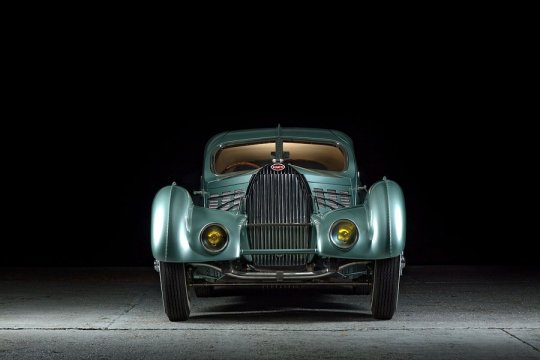

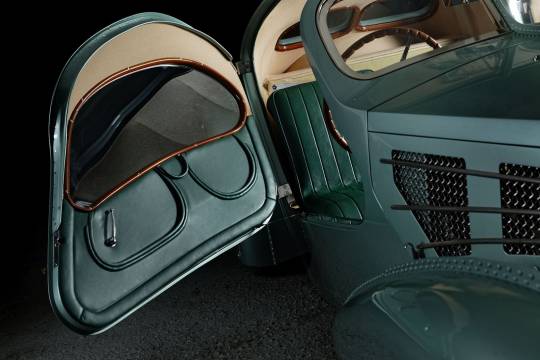
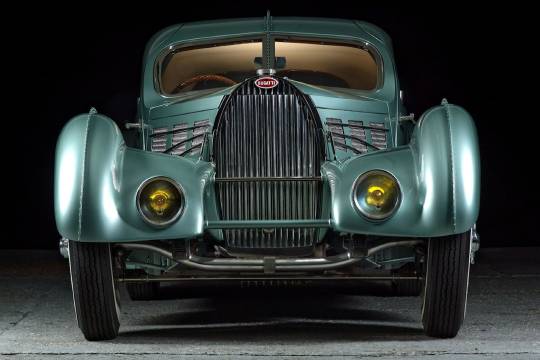
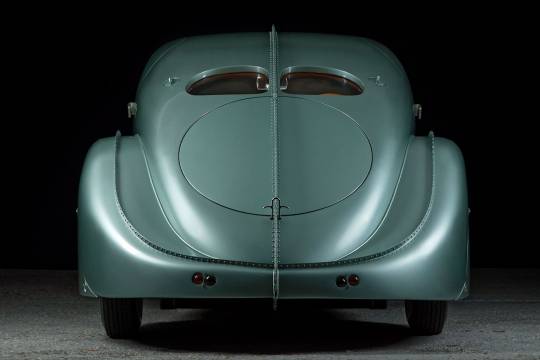


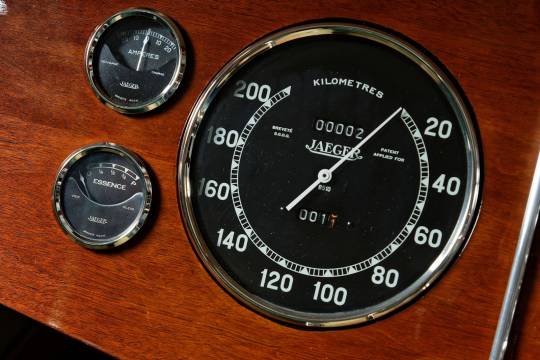
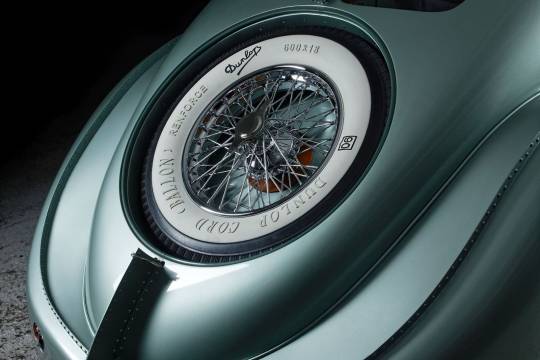

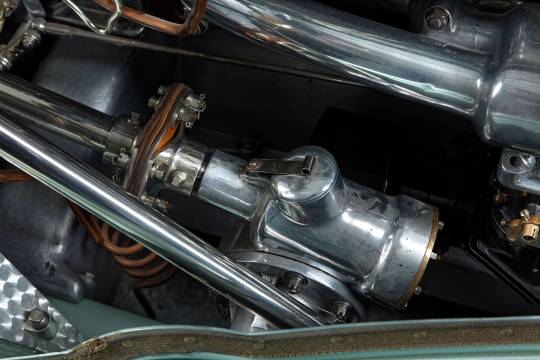

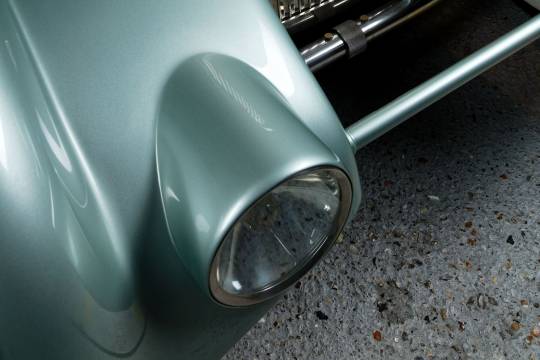
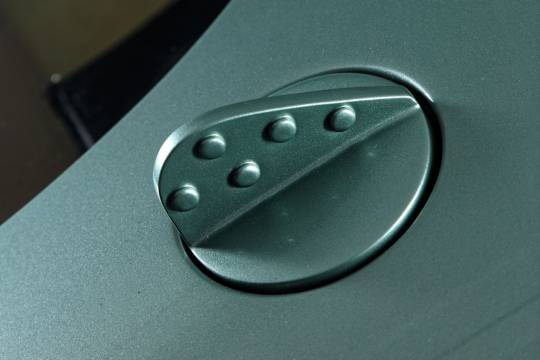
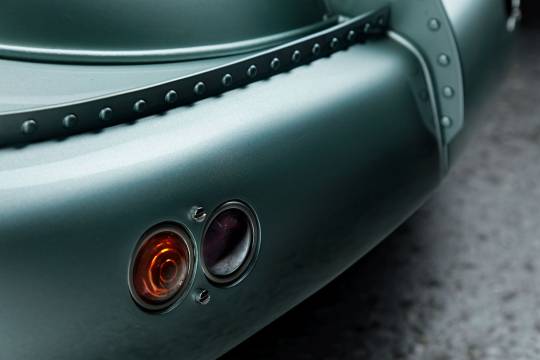
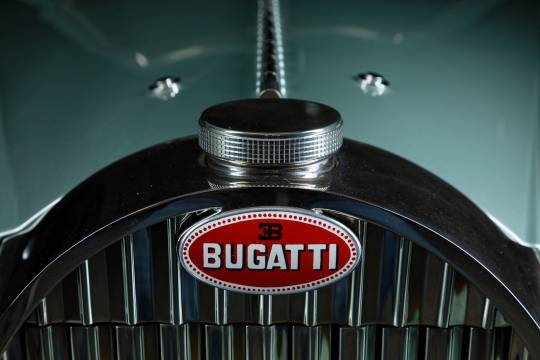
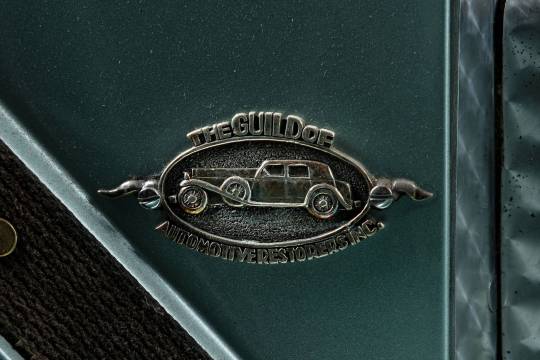
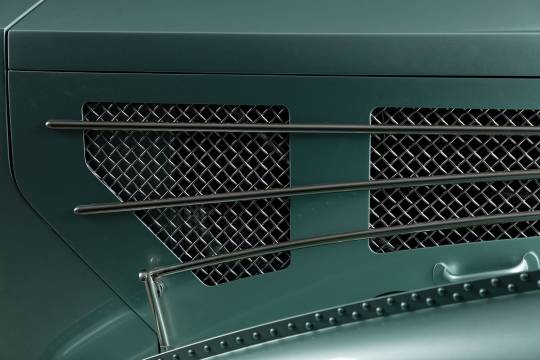
Bugatti 'Aerolithe'
Only four Type 57 Atlantic Coupes were ever produced by Bugatti. One of them went to Parisian entrepreneur Jacques Holzshuh, before meeting its end on a railway crossing. Another was delivered new to Baron Victor Rothschild and is owned today by American collector Peter Mullin. A third is currently in the hands of Ralph Lauren, while the fourth? Nobody knows. One of the great mysteries of the car world is the whereabouts of ‘La Voiture Noire’: Jean Bugatti’s very own Type 57 Atlantic.
But the car that previewed the lot of them is the one above. Sort of. It’s a rebodied, restored Bugatti ‘Aerolithe’; a prototype first shown off at the 1935 Paris Motor Show.
A man named David Grainger from The Guild of Automotive Restoration was commissioned to recreate the car that paved the way for the most famous pre-war car ever built. He had the original chassis of the Aerolithe – number 57104 – as well as its original 3.3-litre eight-cylinder engine, and rear axle. But no body.
Indeed, David’s team at The Guild had but 11 photos to work from… and had to adhere to coachbuilding standards of the day. Which means they had to fashion the body from magnesium, which is – by all accounts – incredibly difficult to work with. They spent years riveting and shaping the panels into that simply gorgeous Aerolithe form.
#art#design#luxury cars#supercars#sport cars#luxurycars#luxurylifestyle#supercar#vintage cars#luxurycar#bugatti#recreation#aerolithe#type 57#bugatti type 57#david grainger#vintagecars#vintagecar#collectors#unique car#history#style
324 notes
·
View notes
Text
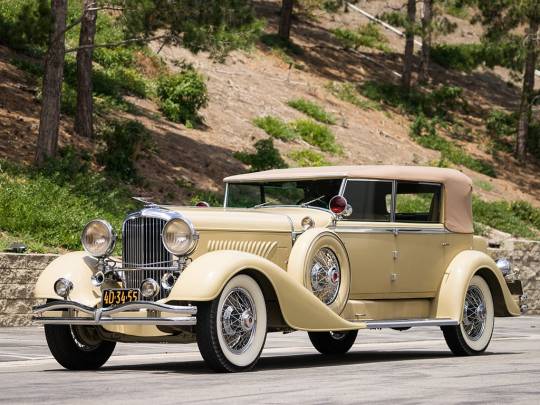
Duesenberg SJ-506
Duesenbergs are one of the finest American cars the industry ever built. It is also one of the most respected, sought-after classic cars in the world. The SJ model is the top of the line “Doozy” with a supercharged eight-cylinder engine and an astonishing 320 HP. This was unheard of in the 1930s. Duesenberg only made 26 of them. While they’ve accounted for most of the cars, the chassis number 506 has been missing since the early ’60s.
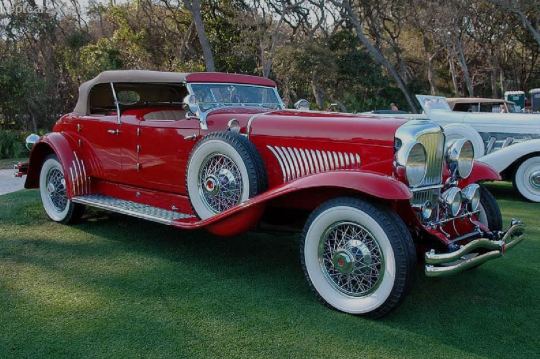
The car was bodied by the French company Franay, appearing at the Paris Motor Show in 1934. They sold it to Emile Beghain of Algeria, who raced on the Le Mans track, later returning with the car to Algeria. The elegant roadster remained in his possession until 1962 when civil war broke out and Beghain was forced to flee. Although some people think the car was destroyed, there is no evidence of that, so the destiny of the SJ-506 remains a mystery.
123 notes
·
View notes
Text

Sally Norvell singing "Oh Bondage Up Yours!" on her punk stage debut as captured by Will Van Overbook back in 1978 in Austin, Texas, with Cold Sweat, a band that led to the Norvells.
Sally Norvell is an actor, director, writer and producer and most Wim Wenders fans may remember her appearance in "Paris, Texas" (1984) as 'Nurse Bibs' on a rubber horse behind the mirror of the peep show but her curriculum vitae also lists her as a frontwoaman who was central to Austin's punk history right from its inception. Having been one of the early punk rebels that attended the San Antonio show of the Sex Pistols (a game-changing moment for Austin's scene which basically sparked out of conversations between future pioneers in cars heading back to Austin from Randy's Rodeo in the wee hours of Jan. 9, 1978) and also having one of the best female punk voices according to the revered historian of Austin's music scene Margaret Moser, she fronted various bands who all shared members and gigs as an entwined entity, starting with Cold Sweat -who actually opened for The Huns during the notorious Raul's gig that turned into a riot after their singer Phil Tolstead kissed a cop on the lips-as well as The Violators, if I'm not mistaken, and followed by Motor Men, The Gator Family and The Norvells.
An important musical figure in her own right by this point, she spent the '80s leading the revisionist-swing combo Prohibition (also featuring members of Scratch Acid, Poison 13, and Glass Eye) and the '90s in the Congo Norvell, a long-lived partnership with Kid Congo Powers.
(via, via, via, via, via, via, via, via & via)
#sally norvell#the norvells#austin#early punk scene#punk#punk rock#1978#cosld sweat#the gator family#motor men#prohibition#congo norvell#kid congo powers#paris teas#wim wenders
83 notes
·
View notes
Photo

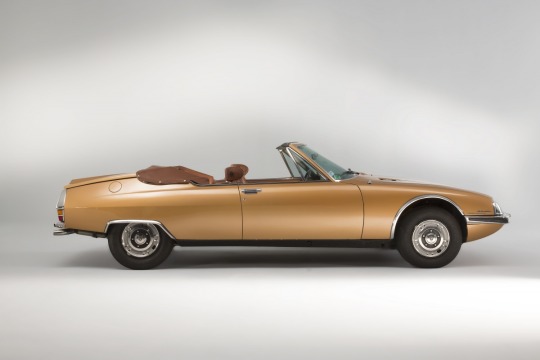


Citroen SM Mylord by Henri Chapron.
At the Paris Motor Show in 1971 he presented his first transformation, the "Mylord" cabriolet. Using the original design for the car, he strengthened the body and the engineer Giulio Alfieri at Maserati designed a V6 engine derived from the V8 of the Maserati Indy.
292 notes
·
View notes